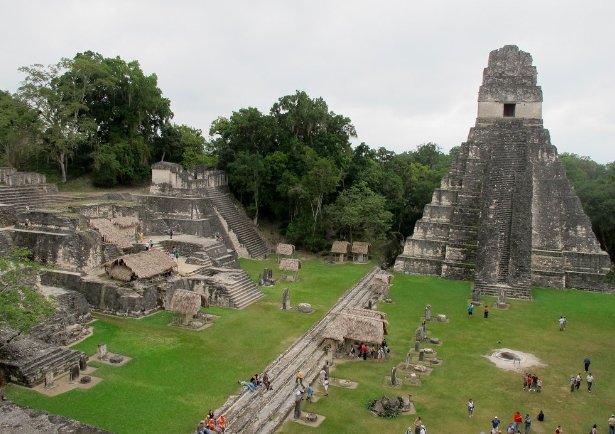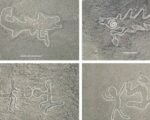Archaeologists have discovered a stunning jade mask that belonged to a Maya king who ruled in the 4th century AD. The mask was found in a pyramid tomb that had been looted by grave robbers, but they missed the hidden chamber where the royal burial was located.
A Rare Find in a Little-Known Site
The jade mask was discovered at the site of Chochkitam, a little-known Maya city in the Petén region of Guatemala. The site has been known since the early 20th century, but its connection to the Maya civilization has eluded modern scholars. Part of the reason is the time period in which it arose: the early Classic period of the Maya (250-600 AD), a still murky era that has baffled researchers.
The site was surveyed by LiDAR technology, which uses lasers to map the terrain and reveal hidden structures. The LiDAR revealed a pyramid that had been partially destroyed by looters, who had dug tunnels into the structure. However, the robbers had overlooked a central chamber in the pyramid, which the archaeologists painstakingly excavated.
A Mask of the Storm God
Inside the chamber, the archaeologists found a human skull, teeth and bone pieces, a coffin-like box, and funerary offerings including a pot and oyster shells. They also found several pieces of jade that, when put together, formed a mosaic mask. The mask depicts a deity or an ancestor, and has spondylus shell for the eyes and teeth.

The mask represents a manifestation of the Storm God, a powerful deity worshiped by the Maya. The Storm God was associated with rain, lightning, thunder, and fertility. He was also linked to war and sacrifice, as the Maya believed that blood was needed to nourish the gods and the cosmos.
The archaeologists also found carvings on some of the bones that showed the interred ruler holding up the head of the Storm God, who looked just like the mask. The carvings and hieroglyphs on the bones revealed the name of the king: Itzam Kokaj Bahlam, which means “the storm god’s fire jaguar”. He ruled around 350 AD, and was probably part of a network of Maya royalty in the sphere of influence of Tikal and Teotihuacán, two of the most powerful cities in Mesoamerica at the time.
A New Light on Maya History
The discovery of the jade mask and the royal tomb sheds new light on the early Classic period of the Maya, which is still poorly understood. The period was marked by the rise and fall of dynasties, the emergence of new political and religious alliances, and the influence of foreign cultures, especially Teotihuacán, a metropolis in central Mexico that dominated much of Mesoamerica.
The jade mask is one of the few examples of early Classic Maya art that has been found intact and in context. It shows the artistic skill and the religious devotion of the Maya, as well as their connection to other cultures. It also reveals the existence of a previously unknown Maya king, who may have played a significant role in the history of the region.
The archaeologists hope to continue their work at Chochkitam and other nearby sites, to learn more about the Maya civilization and its secrets. They also hope to preserve and protect the site from further looting and damage, as it is a valuable source of cultural and historical information.













